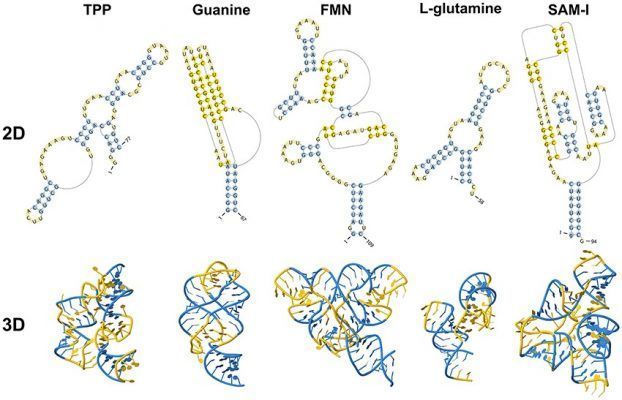What are they?
They are generally obtained by selection from combinatorial oligonucleotide libraries, using the SELEX (Systematic Evolution of Ligands by Exponential Enrichment) method, which allows selection of the oligonucleotide from the genotypes used that binds with the highest affinity to the target molecule.
These oligonucleotides have a central region of variable size and random sequence, and two flanking regions of known sequence. The total length of the aptamer usually varies between 70 and 100 nucleotides, including a fixed sequence or primer at each end of the aptamer, for amplification by PCR (this is one of the steps in the selection method). The length of the randomly sequenced core region is usually between 30 and 60 nucleotides.
These molecules are able to adopt globular structures which allow them to exhibit complex and sophisticated molecular recognition properties and to bind in a stable and highly specific manner to their targets. Such molecular targets can be small molecules such as ATP, proteins, nucleic acids and complex multimeric structures.
There is also a type of aptamer based on peptide chains, designed to interact with other proteins within cells. They consist of a variable peptide loop attached to the ends of a support protein. This structure increases the affinity of the peptide aptamer to levels comparable to antibodies (nanomolar range).


 Español
Español